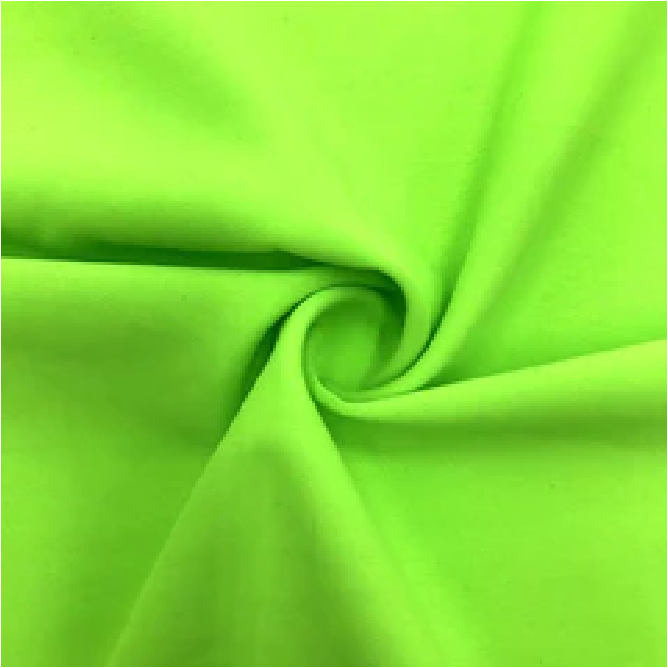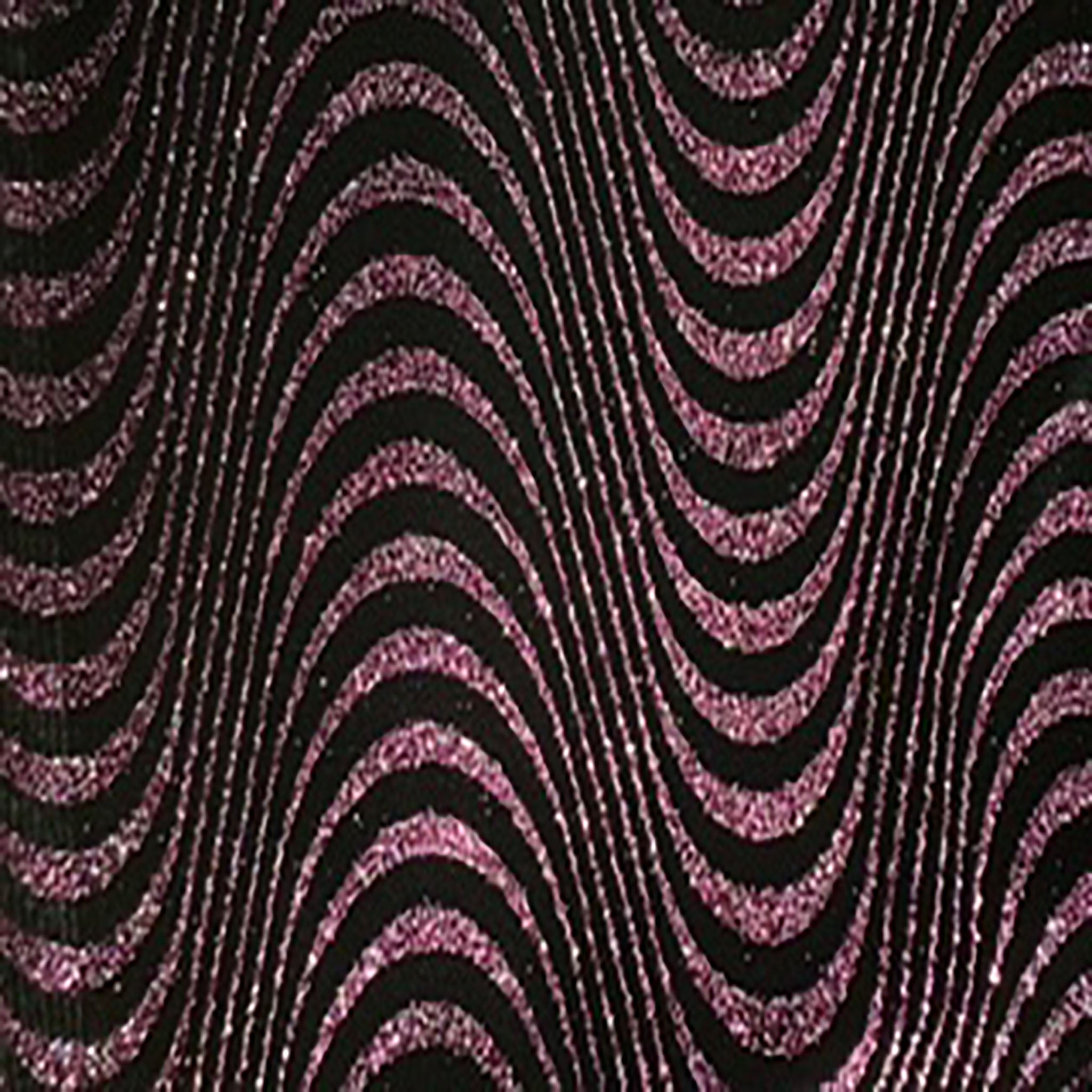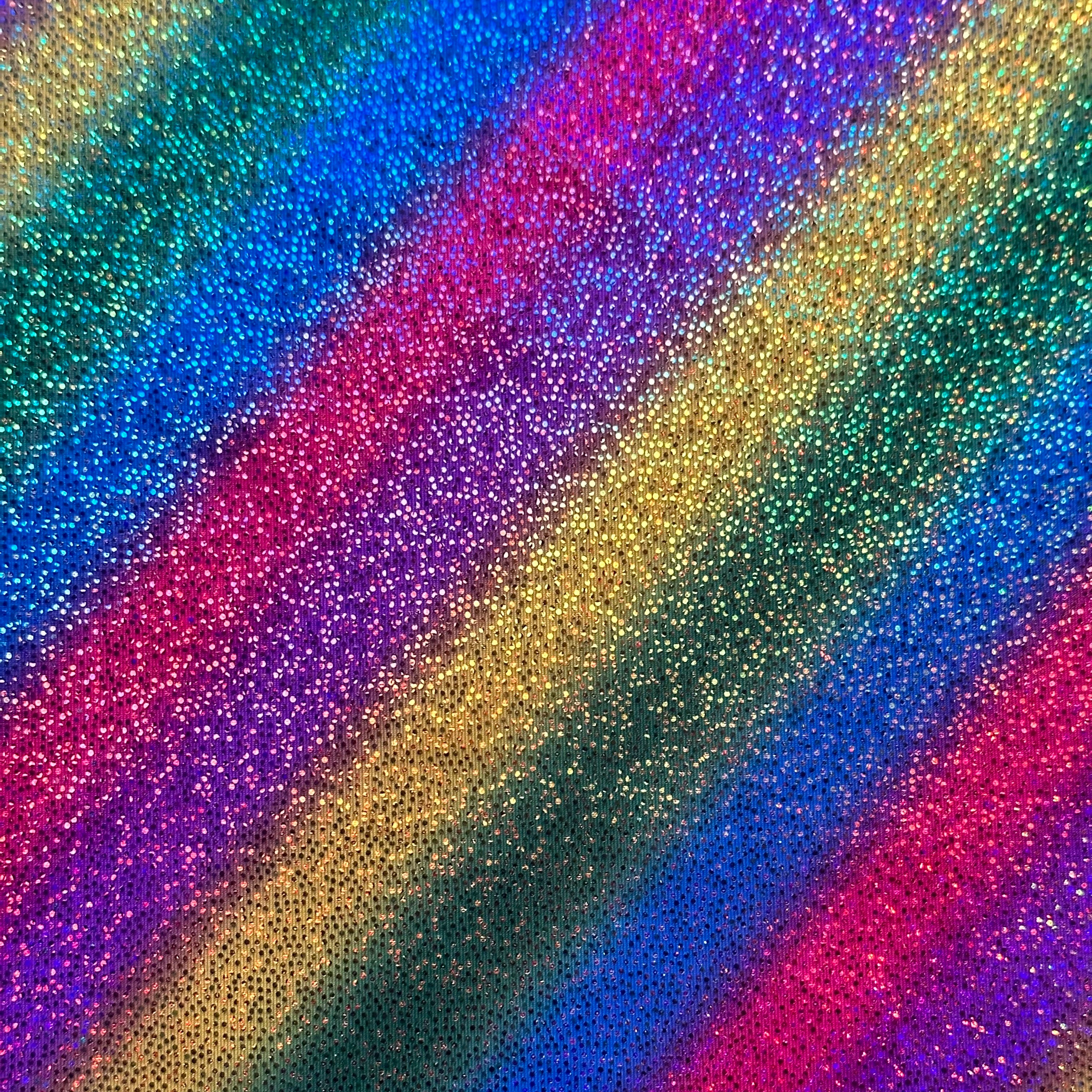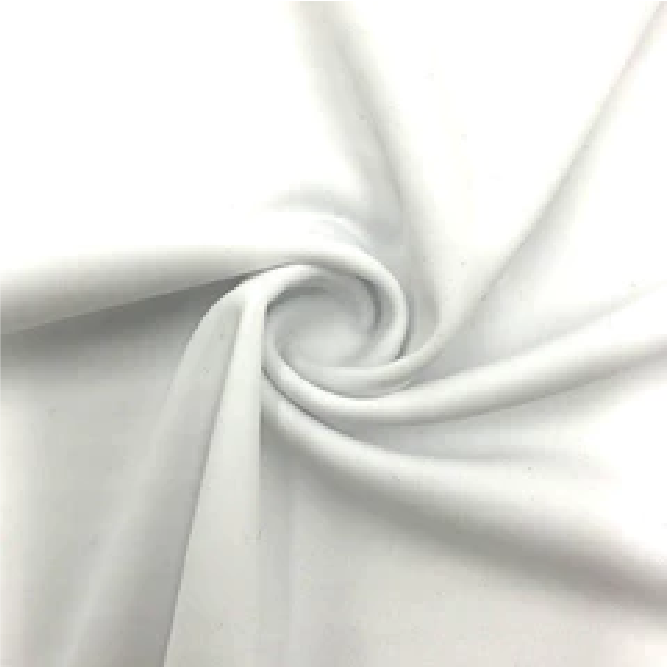Choosing the right swimwear material is crucial for ensuring both comfort and durability. Among the many options available, two popular choices are nylon spandex and polyester spandex. These materials provide stretch, support, and resistance to harsh conditions, making them ideal for swimwear. In this blog post, we will explore the differences between nylon spandex and polyester spandex in swimwear, helping you make an informed decision when selecting your next favorite swimsuit.
Nylon Spandex: Nylon spandex, also known as polyamide elastane, is a blend of synthetic fibers that combines the properties of nylon and spandex. Nylon is known for its strength, durability, and quick-drying abilities. It offers excellent resistance to chlorine, saltwater, and sunlight, making it an ideal choice for swimwear. Additionally, nylon spandex provides a high level of stretch and recovery, ensuring a snug and comfortable fit. This material is often used in competitive swimwear due to its ability to enhance performance and streamline body movements in the water.
Polyester Spandex: Polyester spandex, on the other hand, is a blend of polyester and spandex fibers. Polyester is a synthetic fabric known for its exceptional strength, resistance to fading, and quick-drying properties. Polyester spandex offers a slightly different set of advantages compared to nylon spandex. It provides excellent shape retention and elasticity, allowing the swimwear to maintain its form even after prolonged use. Additionally, polyester spandex offers a smooth and soft feel against the skin, ensuring comfort during extended periods of wear.
Key Differences:
-
Durability: While both nylon spandex and polyester spandex are durable, nylon has a slight edge when it comes to resistance to wear and tear. It is known for its exceptional strength and ability to withstand the harsh effects of chlorine and saltwater. Polyester spandex is also durable but may show signs of wear over time, especially when exposed to chlorine regularly.
-
Stretch and Recovery: Both materials provide excellent stretch and recovery properties. However, nylon spandex offers a higher level of stretch, allowing for a more flexible and snug fit. It can accommodate various body shapes and sizes with ease. Polyester spandex also offers good elasticity, but it may have a slightly lower stretch capacity compared to nylon spandex.
-
Quick-drying Abilities: Nylon and polyester both have quick-drying properties, making them suitable for swimwear. However, nylon tends to dry slightly faster than polyester, ensuring that your swimwear stays comfortable and lightweight after leaving the water.
-
Feel and Texture: Nylon spandex has a smooth, soft feel against the skin, providing a comfortable wearing experience. Polyester spandex offers a similarly pleasant sensation, with a slightly different texture that some individuals may prefer.










